SK Hynix Canvas SC300 SSD Review
SK Hynix is the least well-known NAND flash manufacturer. Most of the company's flash sells directly to the mobile market, but with increased manufacturing capacity we'll see more SK Hynix on the market.
Why you can trust Tom's Hardware
A Closer Look
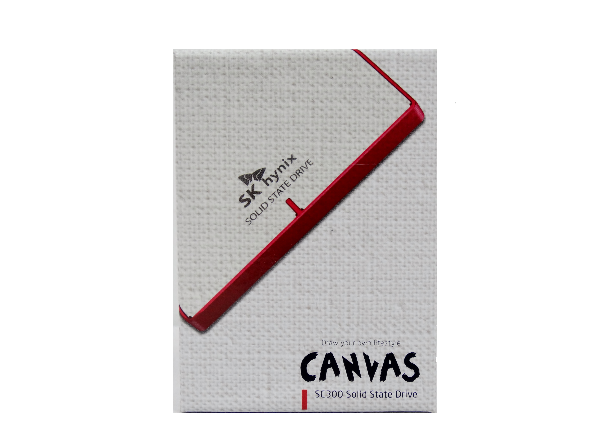
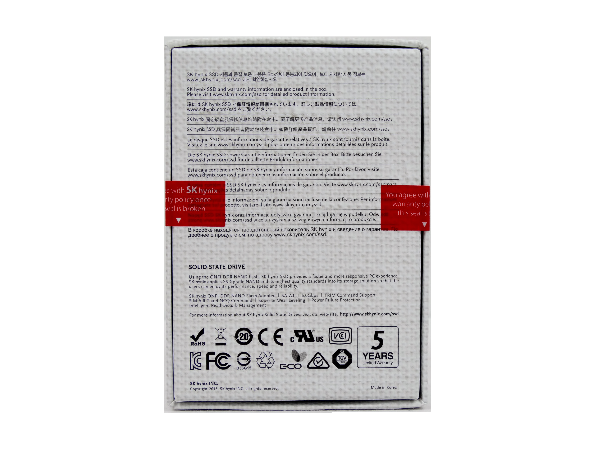

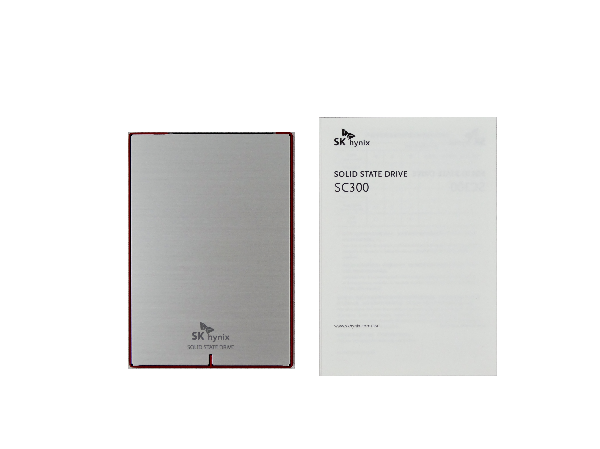
SK Hynix's previous-generation 910SH was a good-looking SSD, and the company nails its design again with the Canvas SC300. The packaging is more robust than what you typically get from a mainstream drive, and customers are treated to plenty of information on the retail box. It's a nice change from the plastic blister packs that many companies use for their entry-level and mainstream products.

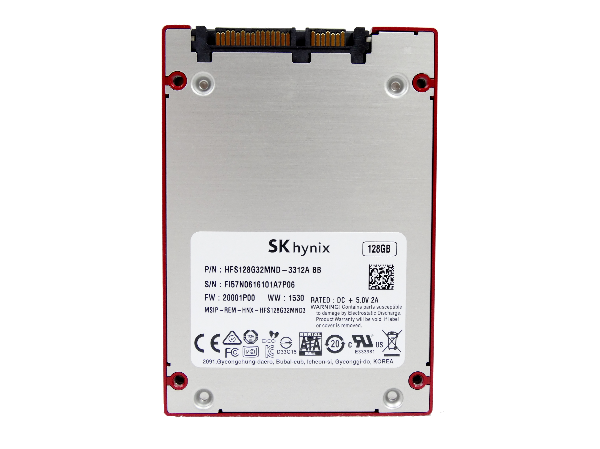
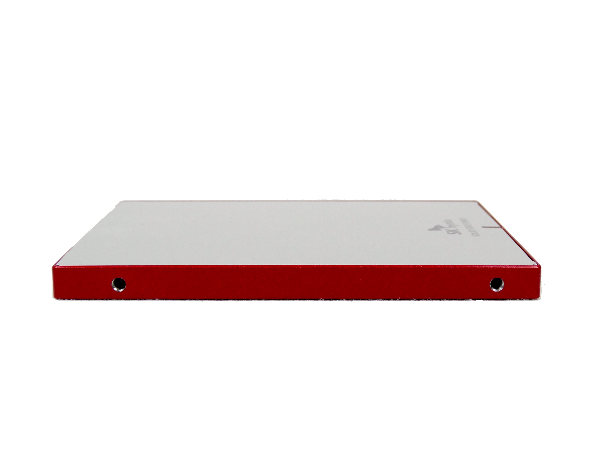
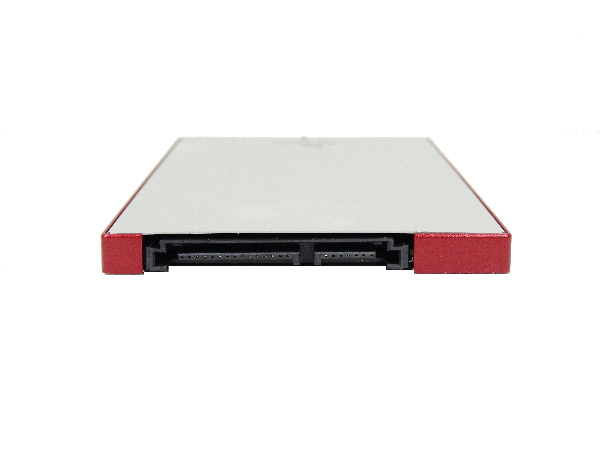
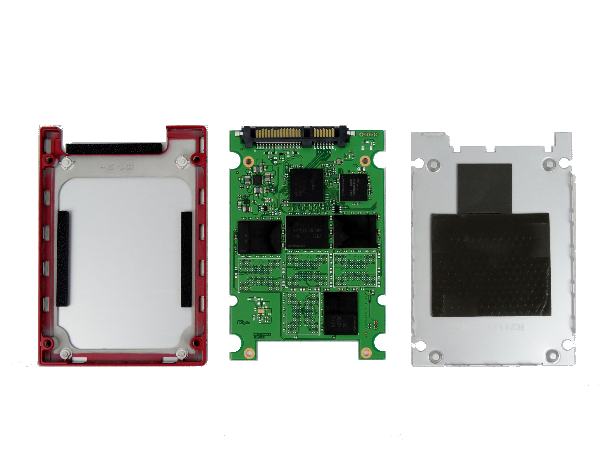
A brushed aluminum face and red anodized outside edges dress up the drive itself. I'm not sure if the outside is painted or anodized, but it looks like the latter.
The SC300 fits into a 7mm-tall enclosure, so it's compatible with the latest thin-and-light notebooks. The controller, DRAM and flash all come in contact with thermal interface material to draw heat away from the sensitive parts and into the aluminum chassis.


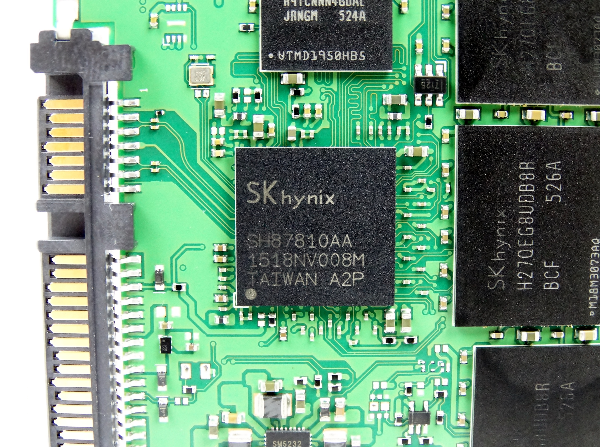

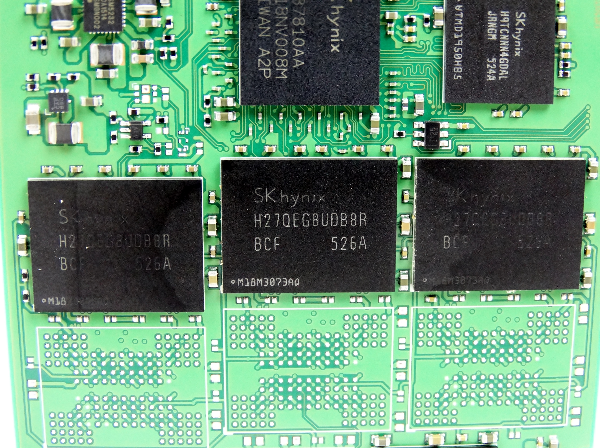
All three models fit their internal components on one side of the PCB. SK Hynix enjoys the benefits of leveraging its in-house controller technology, firmware, DRAM and NAND to make the Canvas SC300 come alive. This type of vertical integration reduces costs and allows the finished product to stand on its own, unencumbered by third-party supply issues.
Get Tom's Hardware's best news and in-depth reviews, straight to your inbox.
Current page: A Closer Look
Prev Page Specifications, Pricing, Warranty And Accessories Next Page Performance Test Results
Chris Ramseyer was a senior contributing editor for Tom's Hardware. He tested and reviewed consumer storage.
-
mavikt One question that pops up when reading SSD benchmarks nowadays, especially the Real world software performance, is how much the SSD's are hamstrung by the SATA interface?Reply
I know I'll be aiming for an M.2 NVMe model when I get a new rig next year. -
CRamseyer The sequential write test at QD1 and QD2 show your large file transfers. The QD1 and QD2 random tests show what to expect when transferring many small files.Reply
We like to look well beyond simple file transfers. PCMark 8's Storage Tests are traces of actual workload. The trace is replayed in the software and does a very good job representing what you would reasonably expect in a real world environment. -
mavikt The rational for my question was that when looking at the "PCMark 8 Real-World Software Performance", World of Warcraft, Battlefield 3, Adobe, etc. all of them results are so alike across all the SSD's that it seems they're 'artificially' capped. Is that a SATA interface bottleneck we're seeing?Reply -
CRamseyer Mavikt - There is more to it than just the SATA 6Gbps bus but you are on the right track. Sequential transfers (copy and paste type operations) can be limited by SATA with large block size loads.Reply
Most applications use small block size loads so performance can be limited by SATA's efficient overhead and Window's file system. This is why we test 4KB blocks and measure in IOPS.